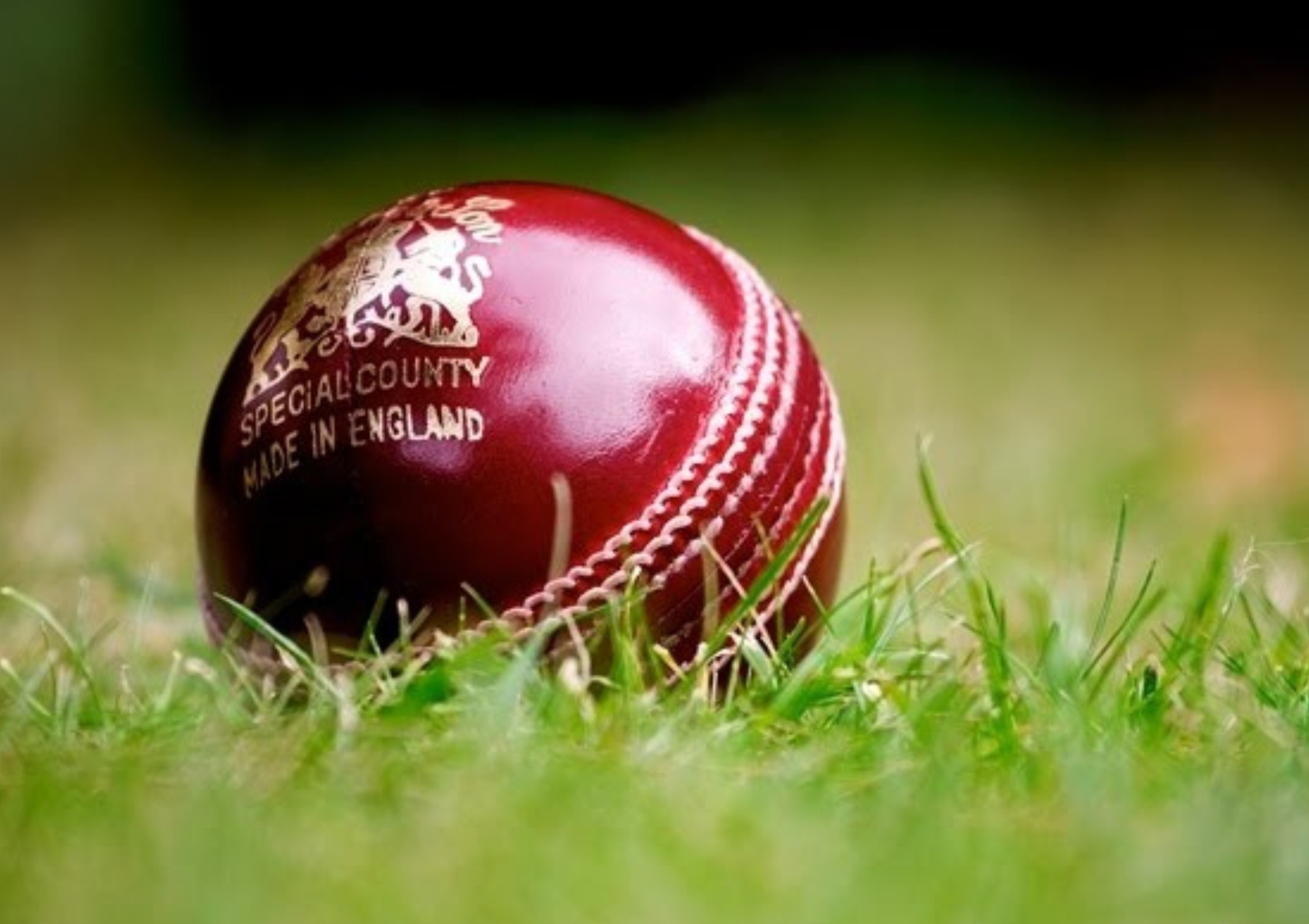
The ongoing India-England Test series has been marred by a storm of controversy surrounding the Duke cricket balls. Multiple times during the matches, players especially from the Indian side have complained that the balls are losing shape and going soft within just 20–25 overs. This unexpected deterioration has disrupted the natural rhythm of the game, forcing frequent ball changes and drawing widespread criticism.
Indian opener Shubman Gill didn’t hold back, stating, “The Duke balls are losing shape too quickly, which is affecting both batters and bowlers.” Vice-captain Rishabh Pant echoed similar concerns: “The ball is becoming unplayable far too early. Our strategies are falling apart due to this.”
In response to the rising uproar, Dilip Jajodia, head of British Cricket Balls Ltd (makers of Duke), acknowledged the concerns. “Cricket balls made from natural materials may vary slightly, but we are taking this feedback very seriously. If there’s a recurring issue, we will re-examine every stage of our production right from raw material selection to the stitching and pressure-testing process,” he said.
Jajodia also added a crucial point: “Making the ball too hard can make it dangerous—it could break fingers or damage bats. There’s a delicate balance we try to maintain.”
The England and Wales Cricket Board (ECB) is not brushing off the complaints either. They’ve decided to collect as many used balls as possible from the series and send them back to the manufacturer for detailed analysis. This step signals a serious attempt to uncover the root of the problem.
The situation raises a fundamental concern: if balls are consistently losing shape and being replaced mid-game, is the Duke ball still suitable for modern Test cricket? The disruption not only affects tactics and gameplay but also undermines the integrity of the match.
Commentators and former cricketers have also joined the conversation, some arguing, “If a ball needs changing after just 20 overs, it’s clearly not up to Test standards.”
The Duke ball has long been a staple of English Test cricket. But with this wave of complaints from players and officials alike, the time may have come to rethink its future. As the manufacturer prepares for an internal probe and the ECB backs a full-scale review, the cricketing world waits for answers and better balls.